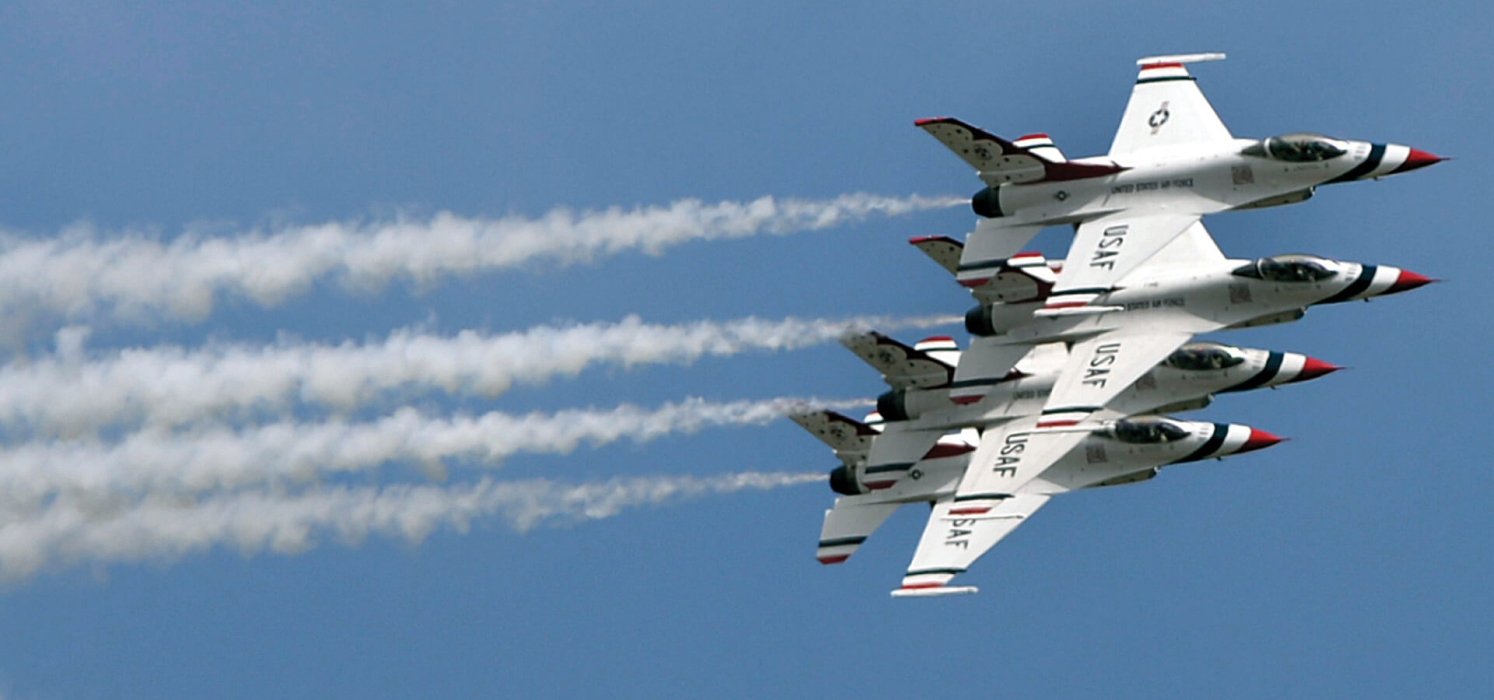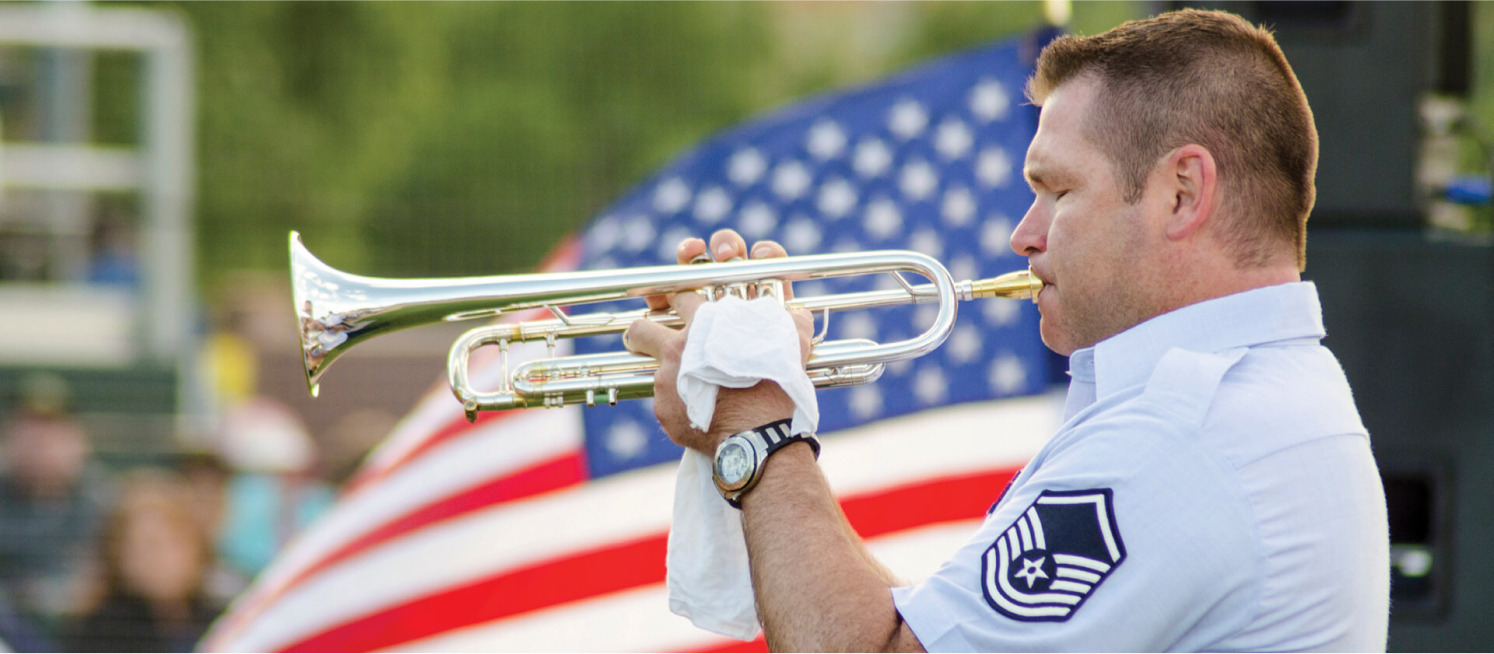
Distinguishing a top military academy from its peers
While the United States Air Force Academy (USAFA) is the youngest of the US Military academies, it is no less competitive. What has long set this academy apart is its focus on the outermost boundaries—air, cyber and space. However, the institution’s youth, its future focus, and the “unmilitaristic” nature of this military academy had created identity confusion and made USAFA vulnerable to outside definition.
The solution: create a brand strategy, voice and visual guidelines that funnel the intense pride felt by the USAFA community into a story that clearly conveys the value this academy brings to the might and scope of the U.S. military.



Uncovering the core story
Conducting dozens of interviews with stakeholders at every level of the organization, we immersed ourselves into USAFA culture and discovered that what the USAFA community identified as their differences—the intelligence of their cadets, the youth and diversity of the organization, the emphasis of forward-thinking solutions over might—were actually their strengths. The concept of “weaponizing intelligence” rose to the top as a central asset USAFA has to offer the U.S. military community and one that is crucial to the future of military endeavors.

Driving the conversation
We gave USAFA tools, such as social listening campaigns and robust guidelines, to help them understand how to drive the conversation. Using their brand platform, voice and visual identity consistently and wisely, USAFA was empowered to plug in to and participate in relevant moments in culture—and demonstrate leadership.
"If you’re outraged by those words, then you’re in the right place. That kind of behavior has no place…at USAFA, and it has no place in the United States Air Force. You should be outraged, not only as an airman, but as a human being."
In placing these principles at the forefront of the USAFA story, every member of the organization now has an opportunity to promote the invaluable differences of USAFA and to applaud—rather than apologize for—the fact that USAFA cadets “don’t look like soldiers.” Recognizing that PR challenges will inevitably arise, we continue to partner with USAFA to reinforce and support the brand platform so that the institution can be proactive in defining its own narrative, rather than allowing the media to define it for them.



71%
of stakeholders feel a sense of personal ownership when it comes to the USAFA brand.



